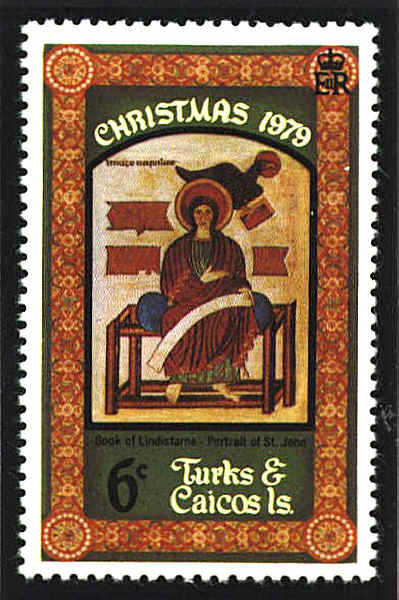|
The Lindisfarne Gospels
were written and illuminated about 698 in honor of St. Cuthbert, the
Bishop of Lindisfarne, who died in 687. Most of what is know about the
creation of the Gospels comes from a note in Anglo-Saxon added by a
priest named Aldred. "Eadfrith, Bishop of the church of Lindisfarne,
originally wrote this book in honor of God and St. Cuthbert and the
whole company of saints whose relics are on the island. And Ęthelwald,
Bishop of the Lindisfarne islanders, bound it on the outside and
covered it, as he knew well how to do. And Billfrith, the anchorite,
wrought the ornaments on the outside and adorned it with gold and with
gems and gilded silver, unalloyed metal. And Aldred, unworthy and most
miserable priest, blessed it in English with the help of God and St.
Cuthbert."
The Gospels
remained at Lindisfarne until 875, when it accompanied the monks on
their flight from the Danes. From 883 to 995 the community located at
Chester-le-Street near Durham, where they settled in 995. Early in the
17th century the manuscript was acquired by Sir Robert Cotton from
Robert Bowyer, Clerk of the Parliaments. It was given to the nation in
1702, and was placed in the British Museum on its foundation in 1753.
The souvenir sheet shows St. Matthew from the
manuscript, and the stamp, St. John.


 |
